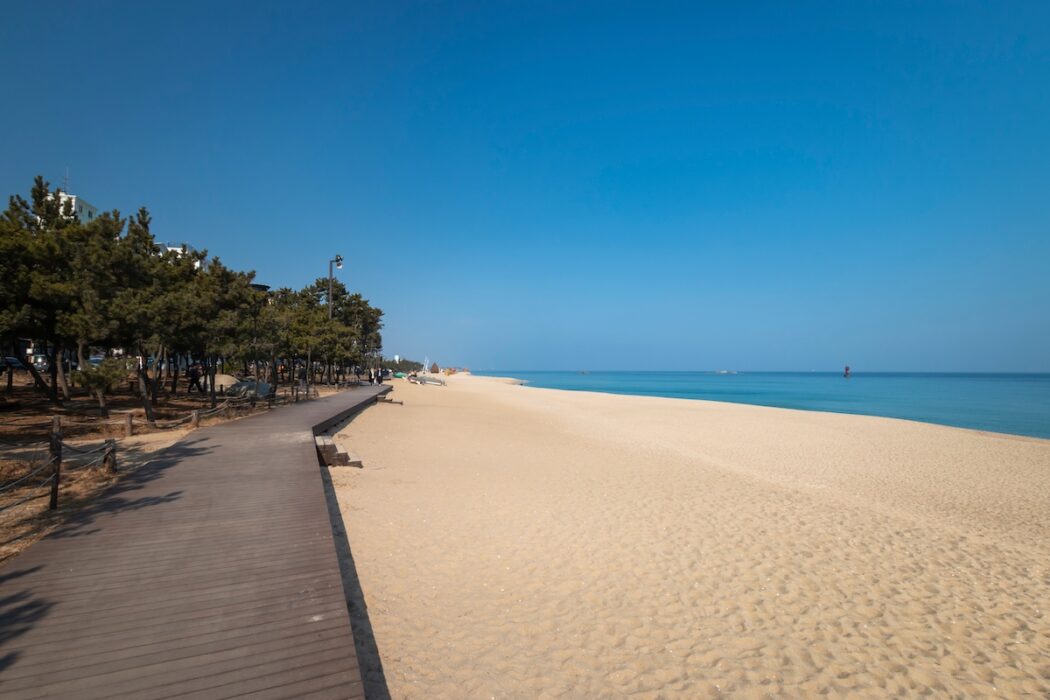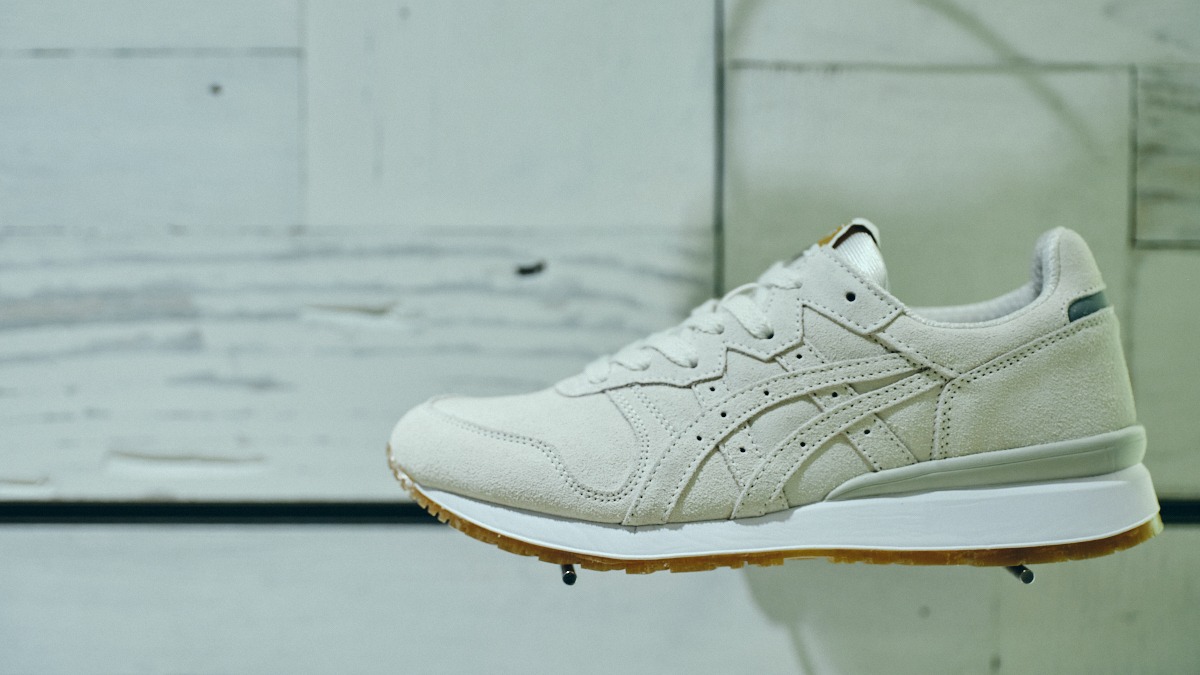Festivals and Food: A Seasonal Guide to Must-Visit Places in South Korea
South Korea is a treasure trove for food lovers and festival enthusiasts alike. With its rich history, diverse culture, and mouthwatering cuisine, this vibrant country offers a unique experience that changes with the seasons. From cherry blossoms in spring to snow-covered festivities in winter, each season brings its own flavor and flair, making it a must-visit destination for travelers seeking to immerse themselves in local culture and culinary delights.
Seasonal travel is key to truly experiencing the essence of South Korea. Festivals provide a window into the heart of the nation, showcasing traditional customs, vibrant performances, and, of course, delicious food. Whether you’re wandering through bustling markets or participating in lively celebrations, you’ll find that the spirit of South Korea is best enjoyed when you align your visit with its seasonal festivals.
Discovering South Korea’s Seasonal Festivals
Throughout the year, South Korea is alive with a variety of festivals that celebrate its rich cultural heritage. From the mesmerizing lantern displays of autumn to the joyous mud fights of summer, each festival is a reflection of the country’s traditions and values. Festivals in South Korea are not just events; they are an integral part of the community, bringing people together to celebrate shared experiences and create lasting memories.
Among the many seasonal festivals in South Korea, some stand out for their cultural significance and the unique experiences they offer. Each festival is a chance to explore local customs, enjoy traditional performances, and indulge in regional delicacies. So, whether you’re planning a trip for the cherry blossoms or the harvest moon, be sure to mark your calendar for these unforgettable celebrations!
Spring Awakening: Festivals and Culinary Delights
Cherry Blossom Festivals: A Feast for the Eyes and Palate
As winter melts away, South Korea bursts into bloom with the arrival of spring, heralded by the enchanting cherry blossom season. The Jinhae Cherry Blossom Gunhangje Festival and the Yeouido Spring Flower Festival are two of the most popular events, attracting locals and tourists alike. Picture yourself strolling under a canopy of delicate pink blooms, with the scent of fresh flowers filling the air. These festivals, typically held in early April, offer not just stunning views but also a chance to indulge in seasonal treats.
During this time, you can savor cherry blossom-themed delicacies, from sweet pastries to refreshing drinks. Don’t miss out on trying cherry blossom rice cakes or cherry blossom-flavored ice cream—they’re not just pretty to look at, but delicious too! For a more off-the-beaten-path experience, consider visiting Gyeongju or Seokchon Lake, where you can enjoy the blossoms without the crowds.
Savoring Seasonal Flavors: Spring Food Experiences
Spring in South Korea is also about savoring traditional dishes that celebrate the season. Naengmyeon (cold noodles) and kimbap (Korean sushi rolls) are must-try items that perfectly capture the essence of spring. Head to local markets like Gwangjang Market in Seoul, where you can enjoy these dishes fresh from the stalls. The vibrant atmosphere, combined with the tantalizing aromas of street food, creates an unforgettable culinary adventure.
For a deeper dive into spring activities, check out our guide on 10 Must-Do Activities in South Korea This Spring to uncover even more ways to enjoy this beautiful season!
Summer Festivities: Hot Weather, Cool Treats
Celebrating Summer: Festivals That Heat Up the Season
When summer rolls around, South Korea turns up the heat with a variety of exciting festivals. The Boryeong Mud Festival and the Busan Sea Festival are two highlights that promise fun in the sun. The Boryeong Mud Festival, typically held in July, invites visitors to frolic in the mud, participate in games, and enjoy live music. It’s a unique opportunity to let loose and embrace the playful spirit of summer!
Meanwhile, the Busan Sea Festival celebrates the beach culture of South Korea, featuring beach sports, fireworks, and a vibrant atmosphere that draws crowds from all over. These summer festivals are not just about entertainment; they also highlight the importance of community and the joy of coming together to celebrate the season.
Culinary Cool-Down: Summer Food Adventures
As the temperatures rise, so does the desire for refreshing treats. Summer in South Korea is synonymous with bingsu (shaved ice) and samgyeopsal (grilled pork belly). Bingsu comes in various flavors, topped with everything from sweet red beans to fresh fruits, making it the perfect way to cool down. You can find this delightful dessert in cafes across the country, each offering their own twist on the classic.
For a true taste of summer, seek out food festivals that celebrate local summer dishes. The Busan International Seafood & Fish Festival is a fantastic event to explore, where you can indulge in fresh seafood and experience the culinary diversity of the region. South Korea’s summer food scene is a feast for the senses, ensuring you leave with a satisfied palate!
Autumn’s Bounty: Festivals and Flavors
Fall Festivals: A Celebration of Harvest and Culture
As the leaves turn golden and the air becomes crisp, South Korea welcomes autumn with open arms and a calendar full of vibrant festivals. One of the most enchanting events is the Seoul Lantern Festival, held along the Cheonggyecheon Stream in November. This magical display features thousands of colorful lanterns that illuminate the night, creating a breathtaking scene that draws both locals and visitors. You can stroll along the stream, marveling at the intricate designs, while enjoying seasonal snacks from nearby vendors.
Another must-see is the Jinju Namgang Yudeung Festival, celebrated in Jinju. This festival commemorates a historic battle with floating lanterns on the Namgang River. The sight of lanterns drifting on the water, accompanied by traditional performances and delicious food stalls, makes for an unforgettable experience. Don’t forget to try the local delicacy, Jinju bibimbap, known for its vibrant colors and flavors!
For those seeking a taste of tradition, the Andong Mask Dance Festival offers a unique glimpse into Korea’s rich cultural heritage. Held in Andong, this festival features traditional mask dances, performances, and a chance to participate in hands-on activities. The masks used in the performances are not just art; they tell stories of the past and reflect the values of Korean society. Make sure to grab some local Andong soju while you’re there!
Culinary Harvest: Autumn Delicacies
As the harvest season unfolds, South Korea’s culinary scene comes alive with flavors that celebrate the bounty of the earth. Autumn is synonymous with hearty dishes like bibimbap—a colorful rice dish topped with a variety of vegetables and often served with a fried egg. Each ingredient represents the season’s harvest, making it a perfect autumn meal.
Another autumn favorite is hotteok, a sweet Korean pancake filled with brown sugar, cinnamon, and nuts. Found at street stalls, this warm treat is perfect for cooling evenings. For those who love to explore food festivals, make your way to the Jeonju Bibimbap Festival, where you can taste various versions of this beloved dish and even learn how to make it yourself!
Don’t miss the Gangneung Coffee Festival in October, where coffee lovers can indulge in aromatic brews while enjoying the beautiful coastal scenery. This festival celebrates South Korea’s growing coffee culture, featuring local roasters, workshops, and of course, plenty of delicious coffee to sip on as you soak up the autumn sun.
Winter Celebrations: Festivals and Comfort Foods
Winter Wonderland: Festivals to Embrace the Cold
When winter blankets South Korea in a layer of snow, the country transforms into a wonderland of festivities. The Hwacheon Sancheoneo Ice Festival is a highlight, where visitors can enjoy ice fishing for the famous sancheoneo trout. This festival, held in January, also features a variety of activities such as sledding, ice skating, and even a snow sculpture contest. It’s a fantastic way to embrace the chilly weather while having a blast!
Another winter gem is the Seoul Lantern Festival (winter edition), which lights up the city with beautiful displays that celebrate the New Year. The atmosphere is filled with joy as families and friends gather to enjoy the sights, partake in traditional games, and savor seasonal treats like tteokguk (rice cake soup), which symbolizes the start of a new year.
Comfort Cuisine: Winter Food Favorites
As the temperatures drop, South Korea’s food scene shifts to comforting dishes that warm the soul. Tteokguk is a must-try during the winter months; this hearty soup made with thinly sliced rice cakes is often enjoyed on New Year’s Day to symbolize the gaining of a year in age. Pair it with some hotteok for a sweet finish, and you’ll have a perfect winter meal!
Street food markets come alive in winter as vendors offer delicious snacks like odeng (fish cake skewers) served in a warm broth, and korean fried chicken that’s crispy on the outside and juicy on the inside. Exploring these markets is an experience in itself, filled with the tempting aromas of sizzling food and the cheerful chatter of locals.
Detailed Day-by-Day Itinerary for Festival Lovers
Sample Itinerary: A Week of Festivals and Food in South Korea
If you’re ready to immerse yourself in South Korea’s festival culture, here’s a sample itinerary that will guide you through a week filled with unforgettable experiences:
- Day 1: Arrival in Seoul – Explore local markets like Gwangjang Market for street food and traditional snacks.
- Day 2: Spring Festival at Jinhae – Enjoy cherry blossom viewing and indulge in local delicacies.
- Day 3: Boryeong Mud Festival – Engage in mud activities, enjoy live music, and savor summer food.
- Day 4: Autumn Festival in Jeonju – Discover bibimbap and local culture while enjoying the fall colors.
- Day 5: Winter Festival in Hwacheon – Experience ice fishing and warm up with comforting dishes.
- Day 6: Cultural Exploration – Visit museums and traditional sites like Gyeongbokgung Palace.
- Day 7: Departure – Last-minute shopping and food tasting at local markets.
This itinerary is packed with activities that showcase the best of South Korea’s festivals and food culture, ensuring a memorable trip filled with flavor and fun!
Fun Facts About South Korean Festivals and Food
Did you know that many festivals in South Korea have historical roots that date back centuries? For instance, the custom of eating tteokguk on New Year’s Day is believed to have originated during the Goryeo Dynasty. Similarly, the Andong Mask Dance Festival is rooted in shamanistic traditions, where masks were used to ward off evil spirits!
Another fun fact: the Boryeong Mud Festival was originally a promotional event for the region’s mud cosmetics, but it has since evolved into a massive celebration of fun and community spirit. And if you’re a fan of kimchi, you’ll be delighted to know there’s even a festival dedicated to this iconic dish, where you can learn about its history and participate in making your own!
Historical Context and Folklore
The festivals of South Korea are not just about celebration; they are steeped in history and folklore. Many of the traditional foods served during these festivals have stories that reflect the lives of the people. For example, bibimbap was originally a dish made by mixing leftover ingredients, symbolizing harmony and balance. Each ingredient has its own significance, representing different aspects of life.
Additionally, the Hwacheon Sancheoneo Ice Festival has roots in the traditional fishing practices of the region, showcasing the deep connection between the people and their environment. These festivals are a wonderful way to experience the culture and history of South Korea while enjoying delicious food and lively activities.
Culinary Deep Dive: Exploring South Korean Food Culture
Iconic Dishes and Their Stories
South Korea’s food culture is as diverse as its landscape, with each dish telling a story. From the spicy kick of kimchi to the comforting warmth of jjigae (stew), there’s a dish for every palate. Kimchi, often made with fermented cabbage and spices, is a staple in Korean cuisine and is served with almost every meal. Its health benefits and unique flavor make it a must-try!
Bulgogi (marinated beef) is another iconic dish that showcases the rich flavors of Korean cuisine. This dish is often grilled to perfection, served with rice, and accompanied by a variety of side dishes known as banchan. Exploring local restaurants gives you the chance to taste these dishes in their authentic form, enhancing your culinary adventure.
Festivals and Events Coverage: A Comprehensive Calendar
Festival Calendar: When to Visit for the Best Experiences
Planning your trip around South Korea’s festivals can elevate your travel experience. Here’s a quick overview of key festivals by month:
- March-April: Cherry Blossom Festivals (Jinhae, Yeouido)
- July: Boryeong Mud Festival
- August: Busan Sea Festival
- September-October: Jinju Namgang Yudeung Festival, Andong Mask Dance Festival
- November: Seoul Lantern Festival
- January: Hwacheon Sancheoneo Ice Festival
Each festival offers a unique glimpse into South Korean culture, making it worthwhile to plan your visit around these celebrations!
Practical Information for Travelers
Travel Tips for Festival-Goers
When attending festivals in South Korea, there are a few tips to keep in mind to enhance your experience. Public transportation is efficient, so consider getting a T-money card for easy travel on buses and subways. Accommodations can fill up quickly during festival seasons, so booking in advance is recommended.
Don’t forget to immerse yourself in the local culture by trying the food! Street vendors offer a plethora of delicious options, and sampling different dishes is part of the fun. Lastly, be respectful of local customs and traditions, especially during cultural performances.
Safety and Health Guidelines
Your health and safety are paramount while enjoying South Korea’s festivals. Be mindful of food safety, especially when trying street food. If you have seasonal allergies, be prepared, as pollen can be high during spring. Always stay hydrated, especially during summer festivals, and check the weather to dress appropriately for the season.
Shopping Guide: Souvenirs and Local Goods
Where to Shop for Local Delicacies and Crafts
Shopping in South Korea is a delightful experience, especially during festivals. Local markets are the best places to find unique souvenirs, from traditional crafts to delicious snacks. Don’t miss the chance to pick up some kimchi or ginseng as a gift for friends back home!
For a true local experience, visit the Insadong district in Seoul, known for its arts and crafts. Here, you can find handmade pottery, traditional tea sets, and beautiful calligraphy. Each item tells a story and makes for a memorable keepsake from your trip.
Transportation Details: Getting Around During Festivals
Navigating South Korea During Festival Seasons
Getting around South Korea during festival seasons is a breeze thanks to its extensive public transportation system. Trains, subways, and buses connect major cities and festival sites efficiently. The KTX (Korea Train Express) is a high-speed train that can take you to various cities quickly, allowing you to experience multiple festivals in one trip.
For local travel, using a T-money card will save you time and hassle. Just tap your card at the gates, and you’re on your way! Don’t forget to download a translation app to help with any language barriers when asking for directions or information.
Seasonal Travel Insights: Best Times to Visit
Understanding Seasonal Changes and Their Impact on Travel
Each season in South Korea offers a unique experience, making it essential to choose your travel dates wisely. Spring is perfect for cherry blossoms, summer for beach festivals, autumn for colorful foliage and harvest celebrations, and winter for magical snow festivals. Planning your trip around these seasonal highlights ensures you experience the best of South Korea’s festivals and food culture.
Commonly Asked Questions (FAQs)
Addressing Common Queries About Festivals and Food in South Korea
Curious about the best festivals to attend? Or wondering what to eat during your visit? Here are some frequently asked questions:
- What are the most popular festivals in South Korea? Festivals like the Boryeong Mud Festival, Jinhae Cherry Blossom Festival, and Hwacheon Sancheoneo Ice Festival are among the favorites!
- What traditional foods should I try? Make sure to sample bibimbap, kimchi, tteokguk, and bingsu for a true taste of Korean cuisine.
- When is the best time to visit for festivals? Each season has its highlights, but spring and autumn are particularly vibrant with numerous festivals.
These insights will help you navigate your South Korean adventure with ease and excitement!
South Korea’s festivals and food culture are a feast for the senses, inviting travelers to explore, taste, and celebrate throughout the year. By planning your visit around these unique experiences, you’ll create memories that will last a lifetime. So pack your bags, grab your appetite, and get ready for a whirlwind of flavors and festivities!





















